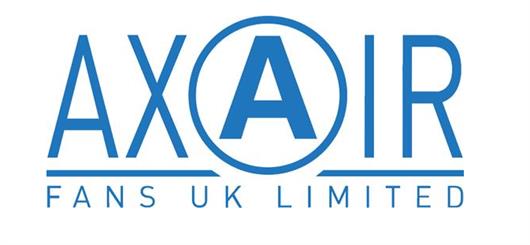 Add My Company
Add My Company

A fundamental part of cargo transportation on ships and vessels is the prevention of loss and damage to the cargo. Damage to cargo through moisture ingress is one of the most common causes of cargo damage and results in a significant amount of cargo claims from manufacturers and distributors. Claimants typically allege that failure by the ship to ventilate correctly resulted in the development of condensation (commonly known as “sweat”), causing the cargo to deteriorate. To prevent the occurrence of moisture or sweat within ships and vessels, natural or mechanical ventilation systems are built into the ships make up. In addition to minimise the onset and degree of sweat, ventilation may also serve to remove taint and disperse any gases which some cargoes may emit. Mechanical ventilation through the use of axial fans and exhaust units can facilitate the positive air movement of large amounts of air alongside the removal of odours, condensation (Condensation is a problem with any cargo susceptible to damage through deterioration through damp and is typically evidenced by rust or mould growth) and to facilitate the general air circulation required for agricultural produce. Both mechanical and natural ventilation is a necessity to equalise the humidity levels inside and outside of the boat encouraging the upkeep of cargo, especially in the instance of high moisture levels in agricultural products. This sweat, or moisture, can be referred to as two types; cargo sweat and vessel sweat. Ship sweat is formed when the air within the hold is cooled beneath its dew point by the hold steelwork. This could occur, for example, when a vessel loads in a warm climate and proceeds to a colder climate, as the seawater and external temperature cool, the steelwork may be eventually cooled beneath the dew point of the warm moist air in the hold, causing sweat on the hold surfaces. The sweat may affect the cargo by direct contact on the hold bulkheads, by contact on the tank top where sweat has accumulated after running down the hold bulkheads to the bottom of the hold. Sweat may also drip onto the cargo from above having formed on the underdeck structure and the underside of the hatch covers. To minimise the possibility of ship sweat damage to cargo, dunnage must be properly used to keep the cargo off the tank top and away from hold sides and structural members. Where appropriate cargo should be covered with waterproof sheeting to protect it from sweat dripping from above. Whether it be through mechanical or natural ventilation, the golden rule is to ventilate when the dew point in the cargo hold exceeds the dew point outside, thus reducing the growth of mould, the production of condensation and the deterioration of potentially costly cargo.
For more information on Effective Mechanical & Natural Cargo Ventilation talk to Axair Fans UK Ltd

